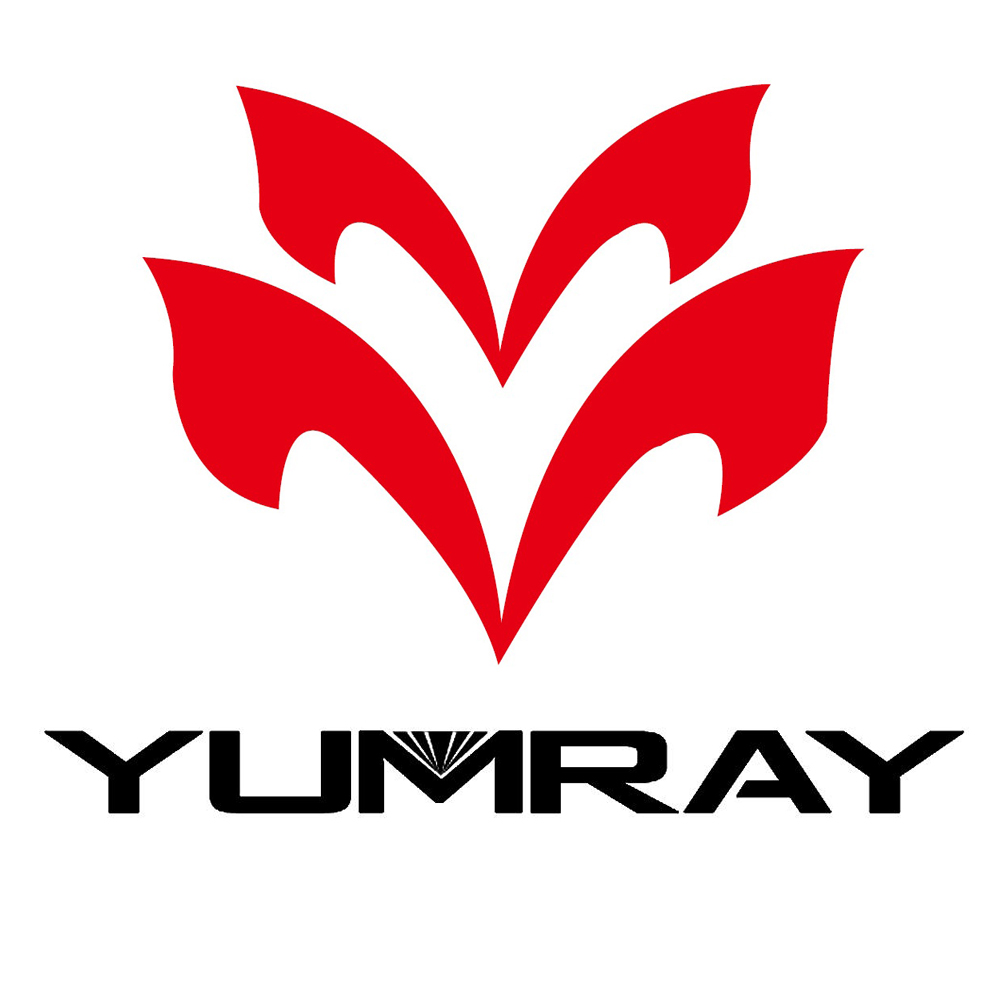What are IP ratings?
While buying outdoor festoon lights you may have come across technical terms such as IP65 or IP44. But what do these ratings signify and why they are important? More importantly, how can you tell what rating is safe enough to be used outdoors?
First, it is necessary to understand what IP ratings are. A vital aspect of outdoor lighting, Ingress Protection (IP) rating is made up of two numbers. The first number denotes a device’s resistance to solids and varies from 0 to 6, with 0 standing for no protection and 6 for maximum protection. The second number denotes a device’s resistance to liquids and ranges from 0 to 8 or 9, with higher the numerical value, the better the resistance of the device to liquids. Here’s an example: If an electrical device has IP30 rating, it means it is rated 3 for protection against solids but is rated 0 for protection against water. In simple language, this means that the device in question offers some degree of resistance against solids but no resistance against liquids.
The chart below gives a brief explanation of each rating, but if you are installing outdoor lighting, you need to understand only two ratings IP44 and IP65. That is because most outdoor lighting (if not all) approved for use in Australia are either IP44 or IP65.
The IP44 rating means the device in question is protected against most solids and can withstand light rain or water splashes. Outdoor lighting with an IP44 is considered to safe to use.
The IP65 rating means the device in question is protected against most solids and can withstand heavy rain or direct jets of water splashes. However, an IP65-rated device is not protected against complete submersion in water. If you are buying outdoor lighting that has an IP65 rating, you can rest easy in the knowledge that it is completely safe to use.
What are IP ratings: An overview of IP rating chart
|
Solids |
Water |
|
0 = No protection against solid objects |
0 = No protection from water |
|
1 = Protected against those solid objects which are bigger than 50mm |
1 = Offers protection against condensation, i.e. vertical falling water droplets |
|
2 = Protected against those solid objects which are bigger than 12mm |
2 = Offers protection against vertical falling water droplets up to 15 degree angles |
|
3 = Protected against those solid objects which are bigger than 2.5mm (tools or wires) |
3 = Protected against moisture spray at 60 degree angles |
|
4 = Protected against those solid objects which are bigger than 1mm (nails, slender screws, or larger insects) |
4 = Protected against splashing water from all directions
|
|
5 = Offers partial protection from dust, plus other small particles |
5 = Offers protection from low-pressure water jets |
|
6 = Has full protection from dust, plus other small particles |
6 = Offers protection from powerful jets of water |
|
|
7 = Rated for complete immersion for up to 30 mins (max depth = 1m) |
|
|
8 = Rated for complete immersion for up to 30 mins (max depth = 1m) |

